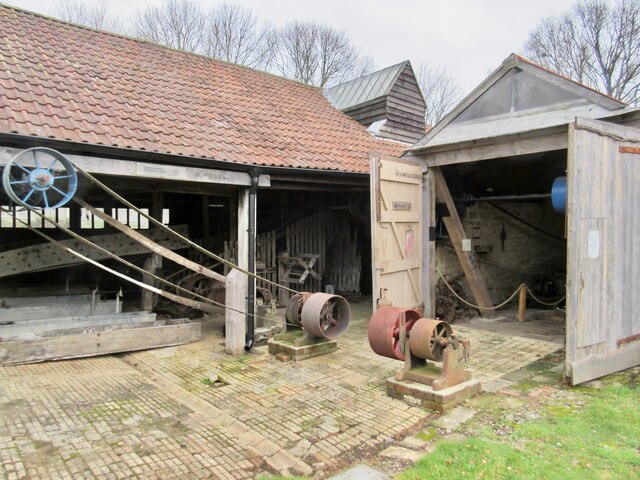West Coker
Civil Parish in Somerset South Somerset
England
West Coker
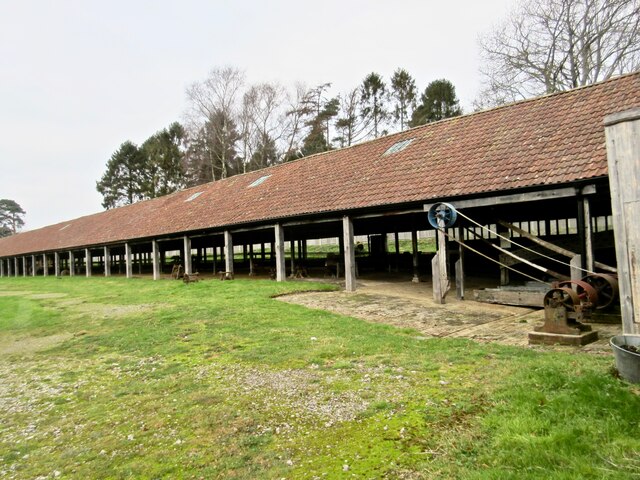
West Coker is a civil parish located in the county of Somerset, England. It is situated approximately 3 miles southwest of Yeovil, a major town in the region. The parish covers an area of around 3 square miles and is home to a population of approximately 1,500 residents.
The history of West Coker can be traced back to the medieval period, with evidence of human settlement in the area dating back to the Roman times. The village itself has a charming and picturesque character, with many traditional stone-built houses and cottages lining its streets. The local architecture is predominantly Georgian and Victorian, with some buildings dating even further back.
A notable feature of West Coker is its beautiful parish church, dedicated to St. Martin of Tours. This medieval church is a Grade I listed building and is known for its stunning architectural features, including a 15th-century tower and a 17th-century pulpit.
The village also boasts a number of amenities and facilities for its residents, including a primary school, a village hall, and a public house. There are several local businesses, including shops, cafes, and small enterprises, that contribute to the local economy.
The surrounding countryside of West Coker offers plenty of opportunities for outdoor activities, with numerous walking trails and nature reserves in the vicinity. The village is also conveniently located near the A30 road, providing easy access to nearby towns and cities.
Overall, West Coker is a charming and historic village, offering a peaceful and picturesque setting for its residents and visitors alike.
If you have any feedback on the listing, please let us know in the comments section below.
West Coker Images
Images are sourced within 2km of 50.923918/-2.682992 or Grid Reference ST5214. Thanks to Geograph Open Source API. All images are credited.

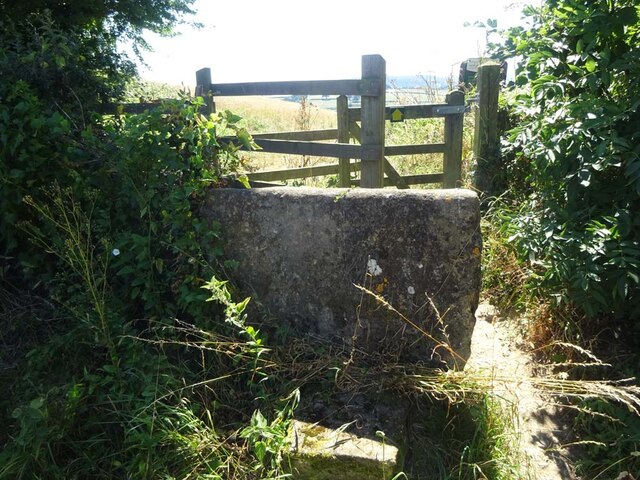
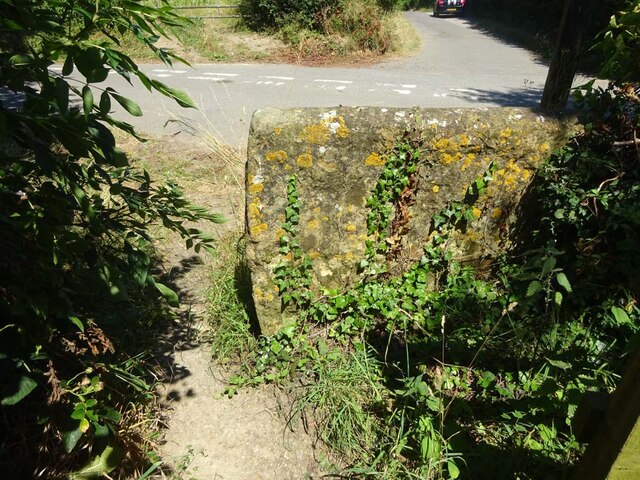
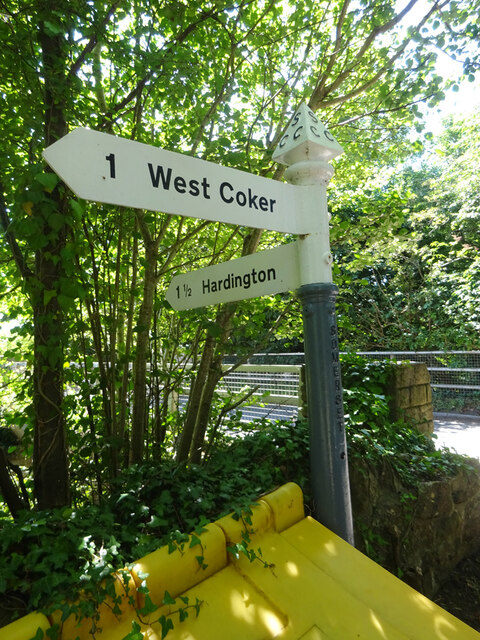
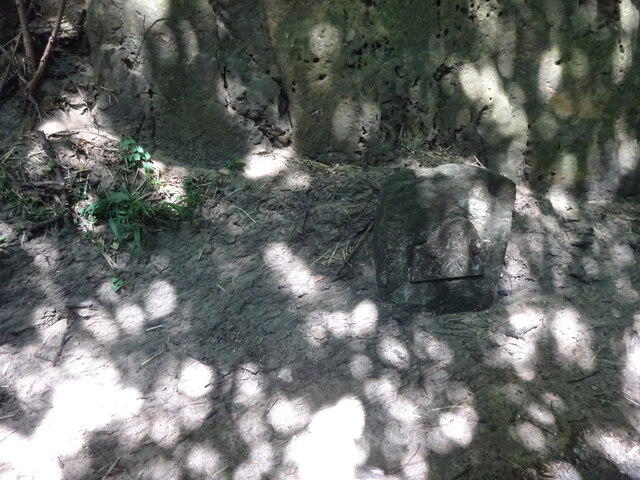
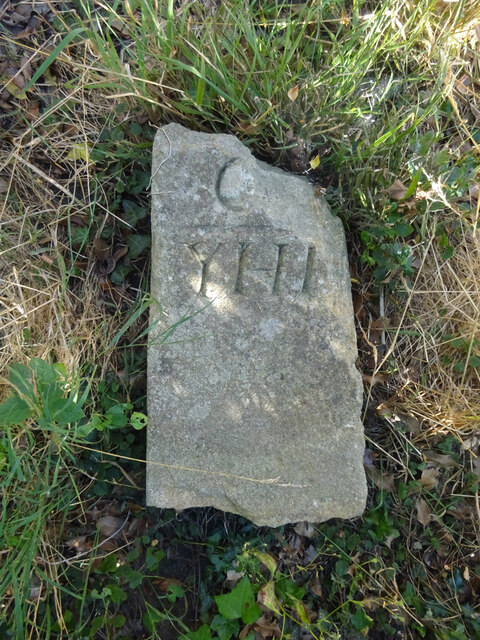
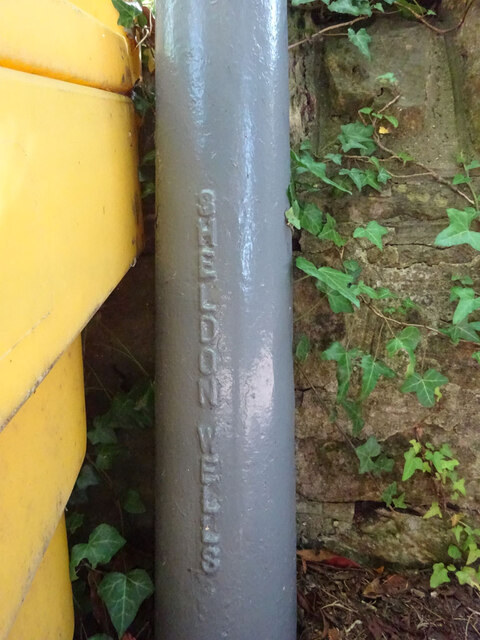
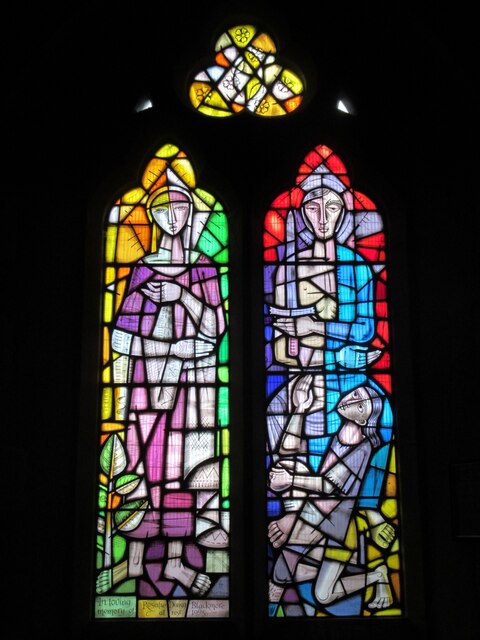
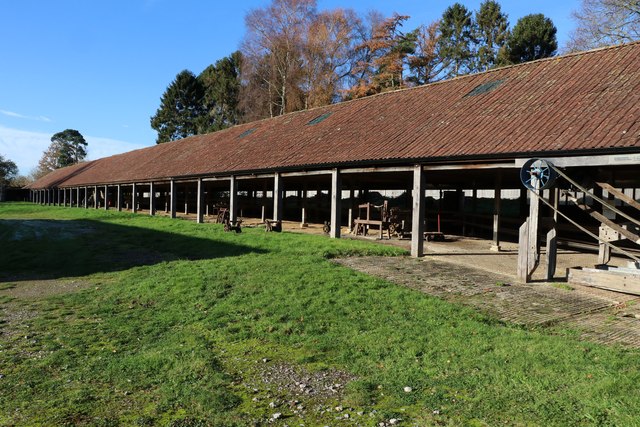
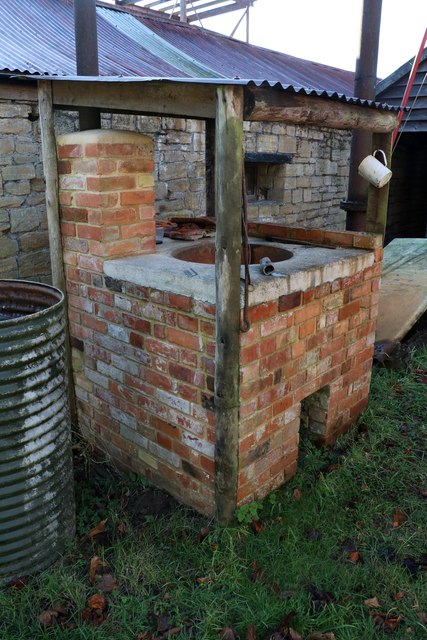
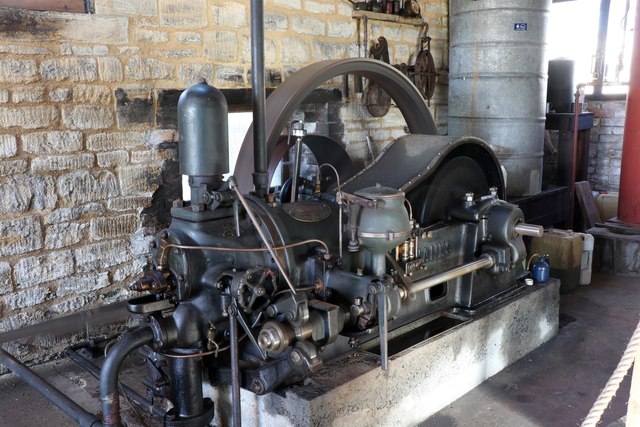
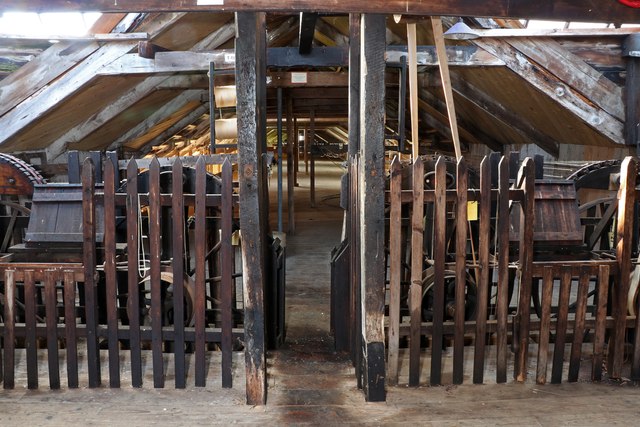
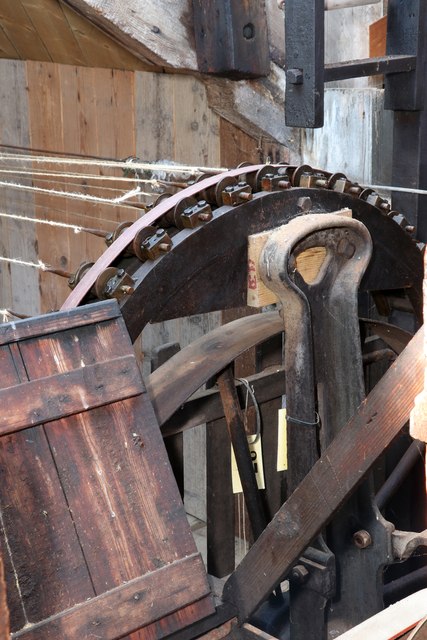
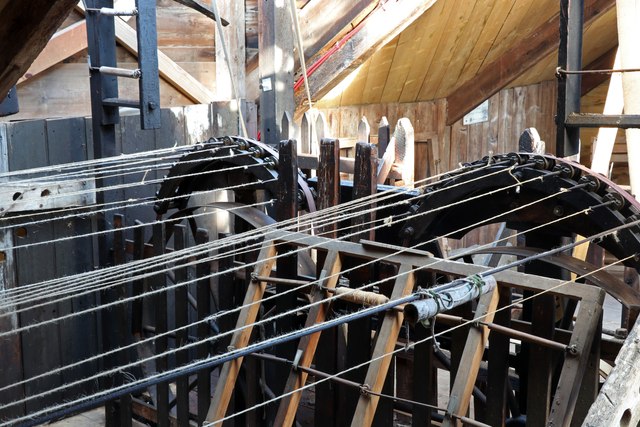
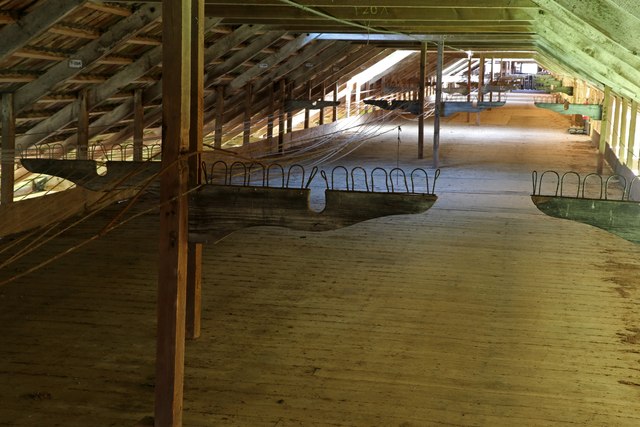
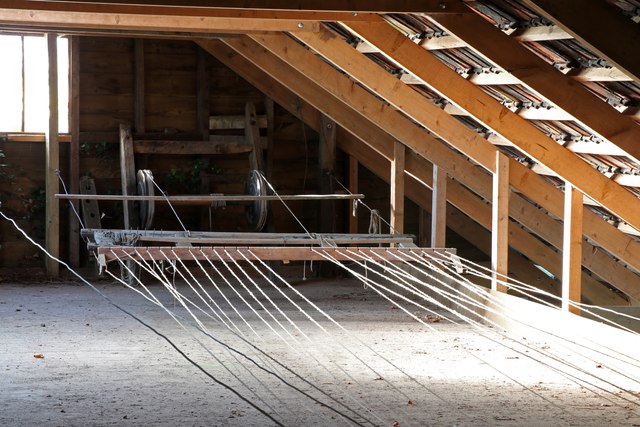
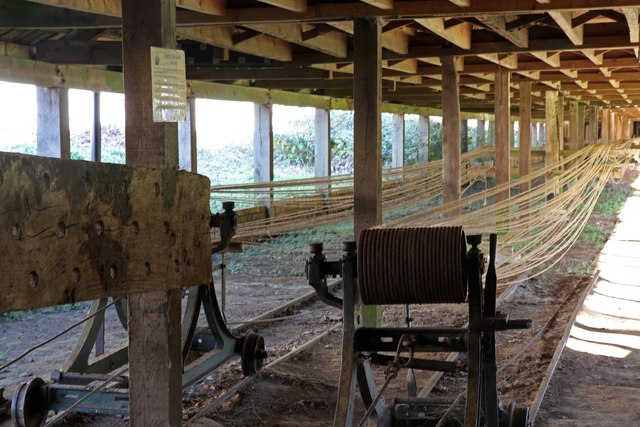
West Coker is located at Grid Ref: ST5214 (Lat: 50.923918, Lng: -2.682992)
Administrative County: Somerset
District: South Somerset
Police Authority: Avon and Somerset
What 3 Words
///manhole.newsstand.recover. Near West Coker, Somerset
Nearby Locations
Related Wikis
Manor House, West Coker
The Manor House in West Coker, Somerset, England has medieval origins, however the earliest surviving portions of the current building probably date from...
St Martin of Tours' Church, West Coker
St Martin of Tours' Church, West Coker is a Grade II* listed parish church in the Church of England in West Coker, Somerset. == History == The church dates...
West Coker
West Coker is a large village and civil parish in Somerset, England, situated 3 miles (4.8 km) south west of Yeovil in the South Somerset district. �...
Hardington Moor
Hardington Moor (grid reference ST515130) is an 8.7 hectare biological Site of Special Scientific Interest between Hardington Mandeville and West Coker...
Nearby Amenities
Located within 500m of 50.923918,-2.682992Have you been to West Coker?
Leave your review of West Coker below (or comments, questions and feedback).
